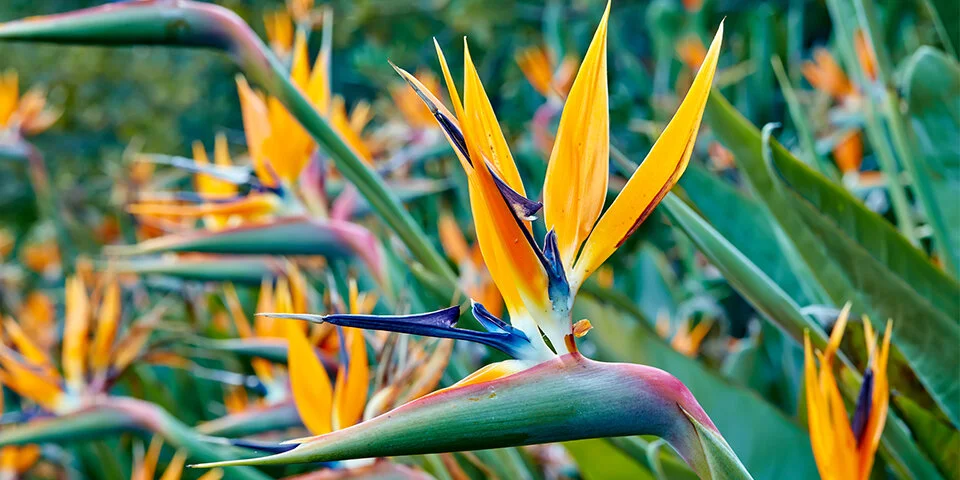Back in the 1970s we made a couple of attempts to grow okra but gave up after we were rewarded with a few stunted plants that yielded undersized and barely edible fruit. We didn’t try again until a decade ago when we were very successful, as I discussed in a 2014 article. We have grown okra regularly since then, and this vegetable, which we rarely ate in the past, has become a favourite late summer item in our diet. Some of our success may be attributable to our growing experience in edible gardening, but I think it’s mostly due to climate change.
We‘ve tried several varieties of okra over the years, beginning with the traditional ‘Clemson Spineless.’ We’ve settled on ‘Jambalaya,’ which has performed consistently, producing abundant though small fruit. They do quickly become fibrous if the pods are allowed to get longer than about 4.5 inches, so the plants need to be inspected regularly once the harvest gets going.
Some authorities recommend soaking the seed overnight before planting. I’ve found that the seeds germinate readily when started in peat or in 2-inch pots with good potting soil. This year I tried another technique that also works very well with cucumbers. You place the seeds between layers of wet paper towel after wringing out the excess water. Then they are placed in a plastic sandwich bag and set in a warm place. I found that putting them on a rack over the cable modem works beautifully. They need to be watched closely, and the seeds removed and planted in pots when the roots reach about a quarter inch in length which takes only 24 to 36 hours. The great advantage to this method is that sprouts all appear around the same time and you will have a uniform bunch of seedlings when it’s time to set them out. Each year I have started the seed a bit later, and this year I waited until May 20 which I think is about right.
Some years the lower leaves of the young plants are severely damaged by flea beetle. This year there has been no such damage though nearby eggplants are strongly attacked. Most flea beetle species are fussy about their hosts, and it probably helped that I covered the seedlings with hot caps when I set them out.
No matter how early you plant the seed, okra won’t begin to flower and set fruit until the weather warms up in August. This year the flowers began to appear at the usual time, but most of them dried up without setting fruit. I believe the problem was the scarcity of insect pollinators this year. Okra has a large and attractive flower resembling that of hibiscus. The photo on the left shows a flower a few hours after it opened showing no visible pollen grains on the purple-brown stamens. The one on the right has been visited by a pollinator. I check the blossoms regularly and use a Q-tip to transfer some pollen to where it is needed. Through August and September few of the flowers showed evidence of insect visitors when examined in the afternoon, so I continued my practice of hand-pollinating daily. I’m not certain what would have happened if I had not done so, but we have had an excellent harvest through these months, and I expect it to continue for several weeks until the nights begin to turn cold in late October.
